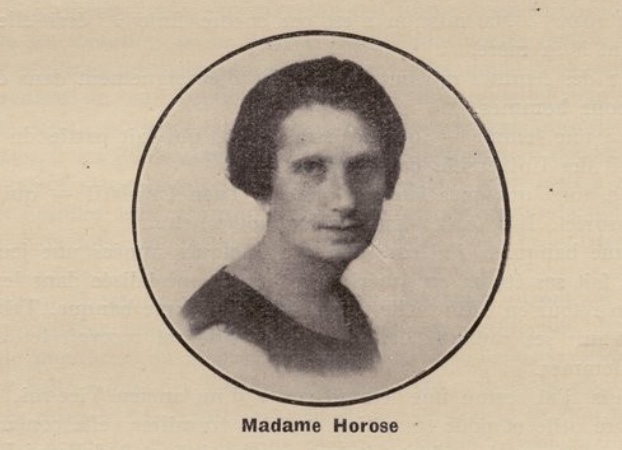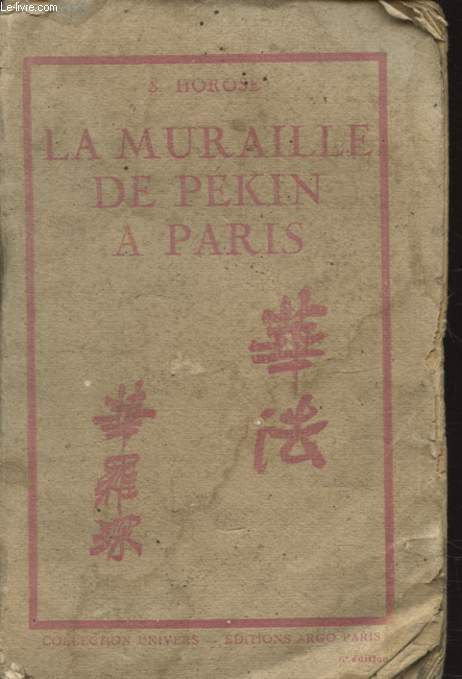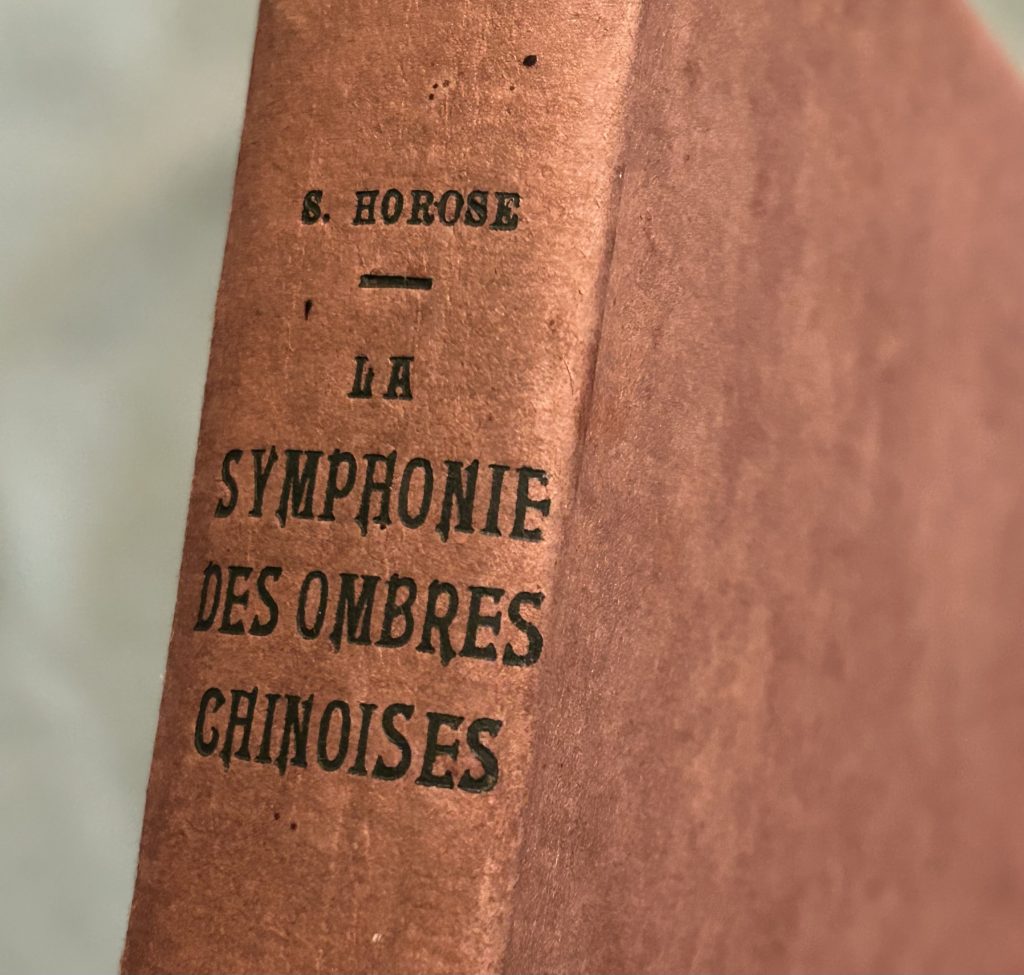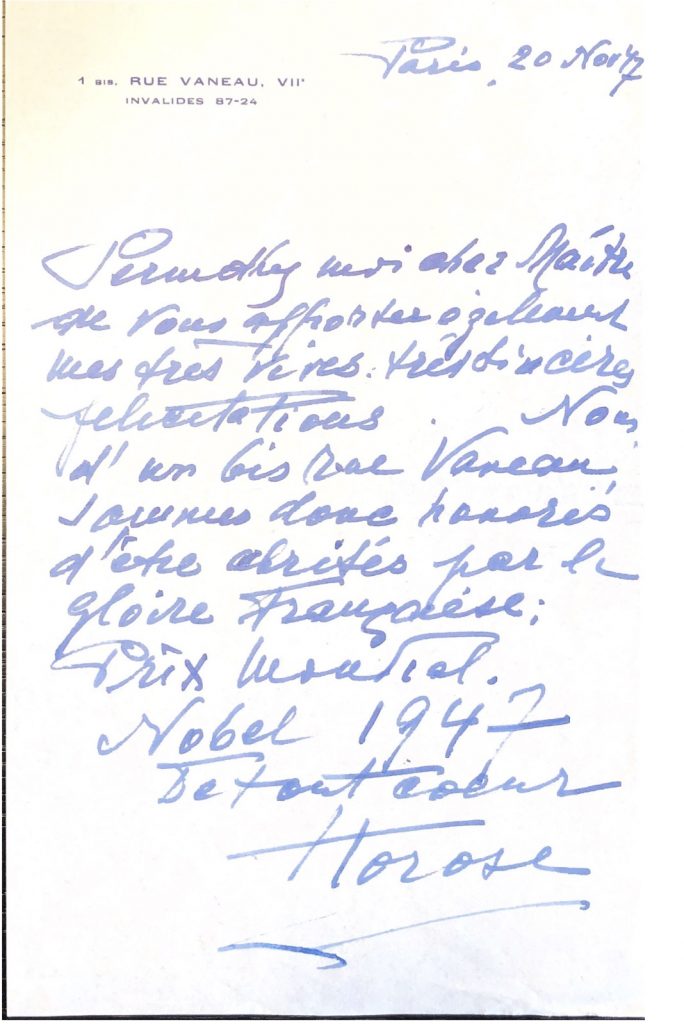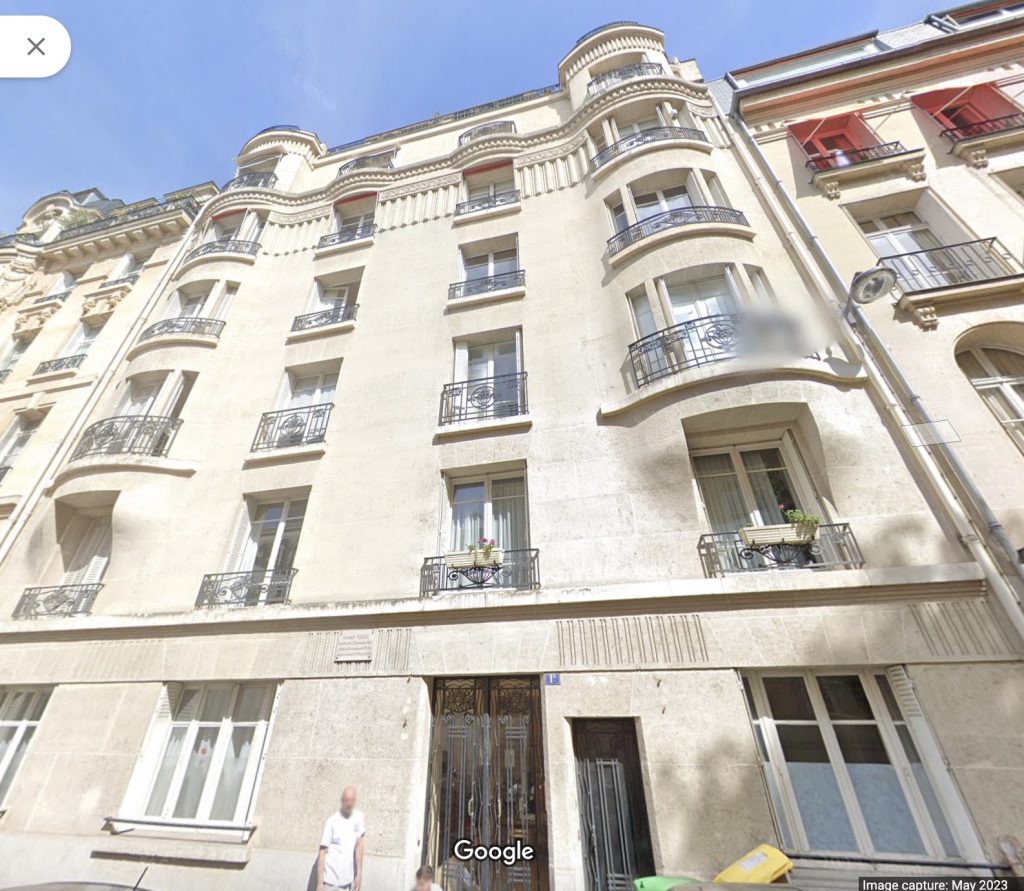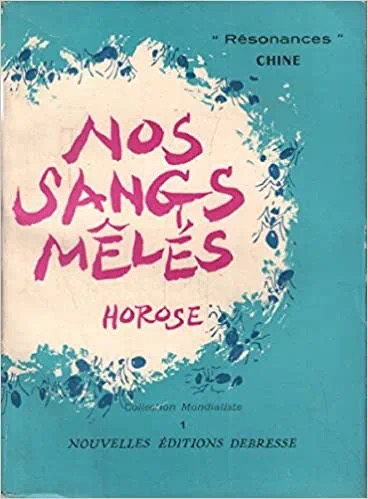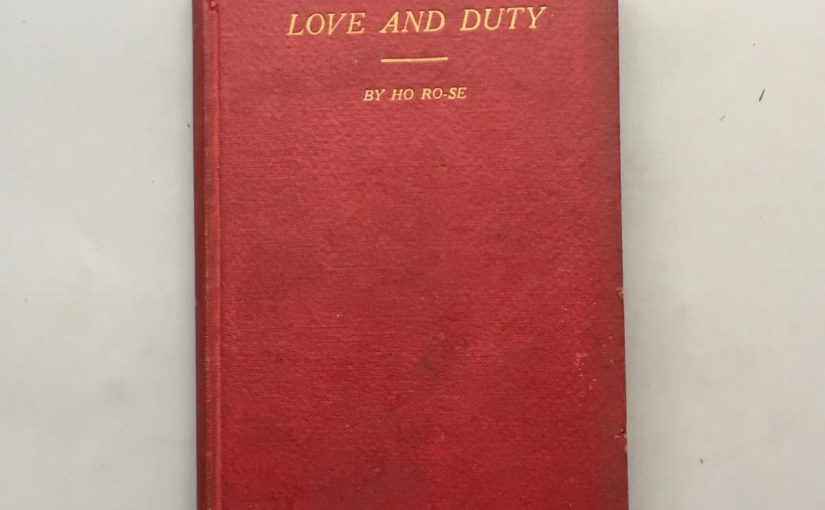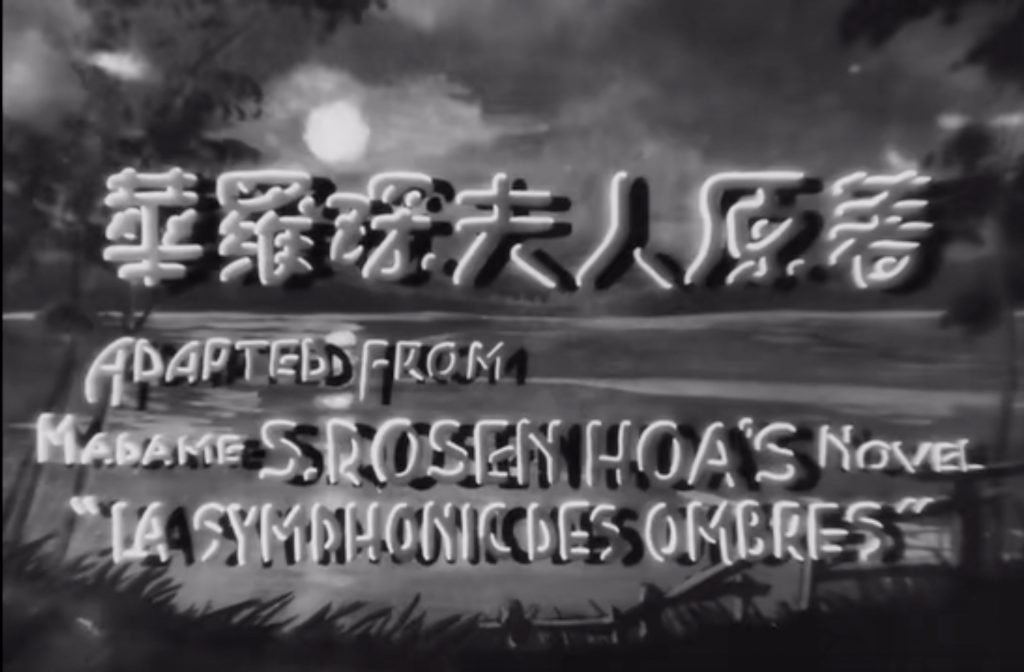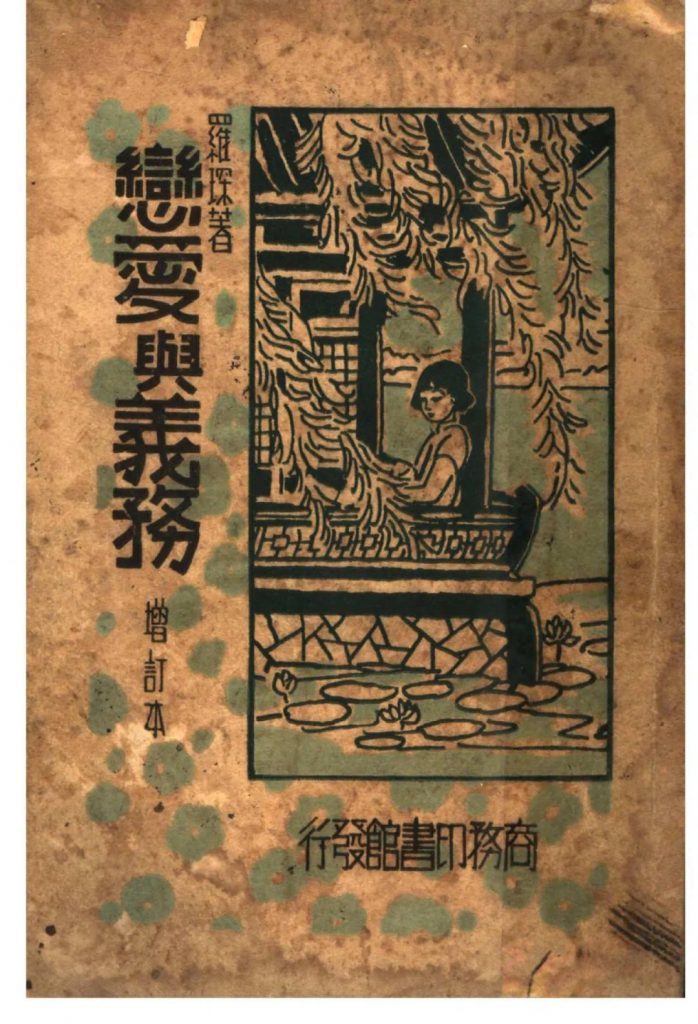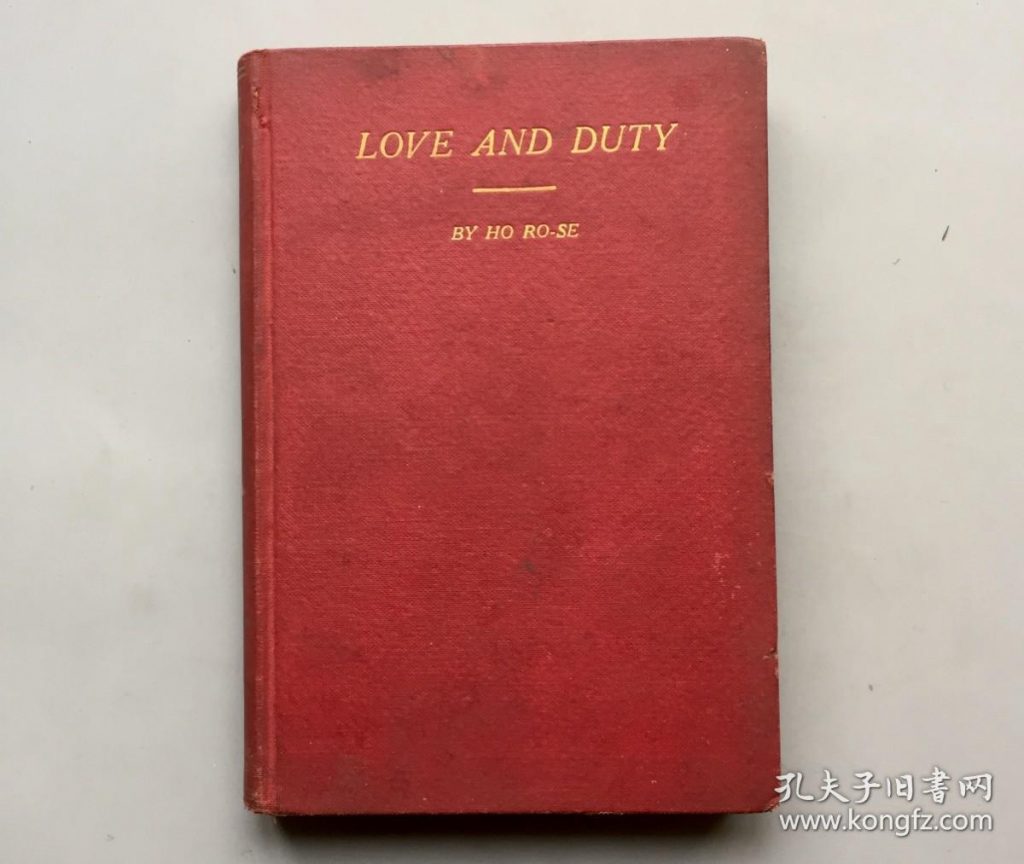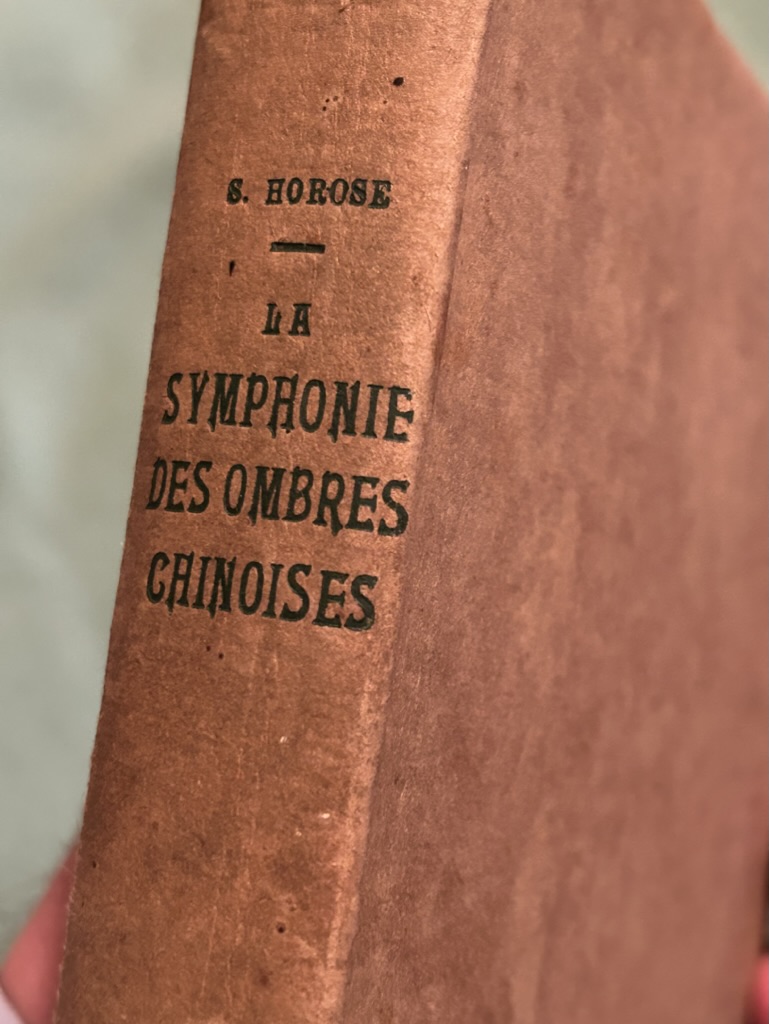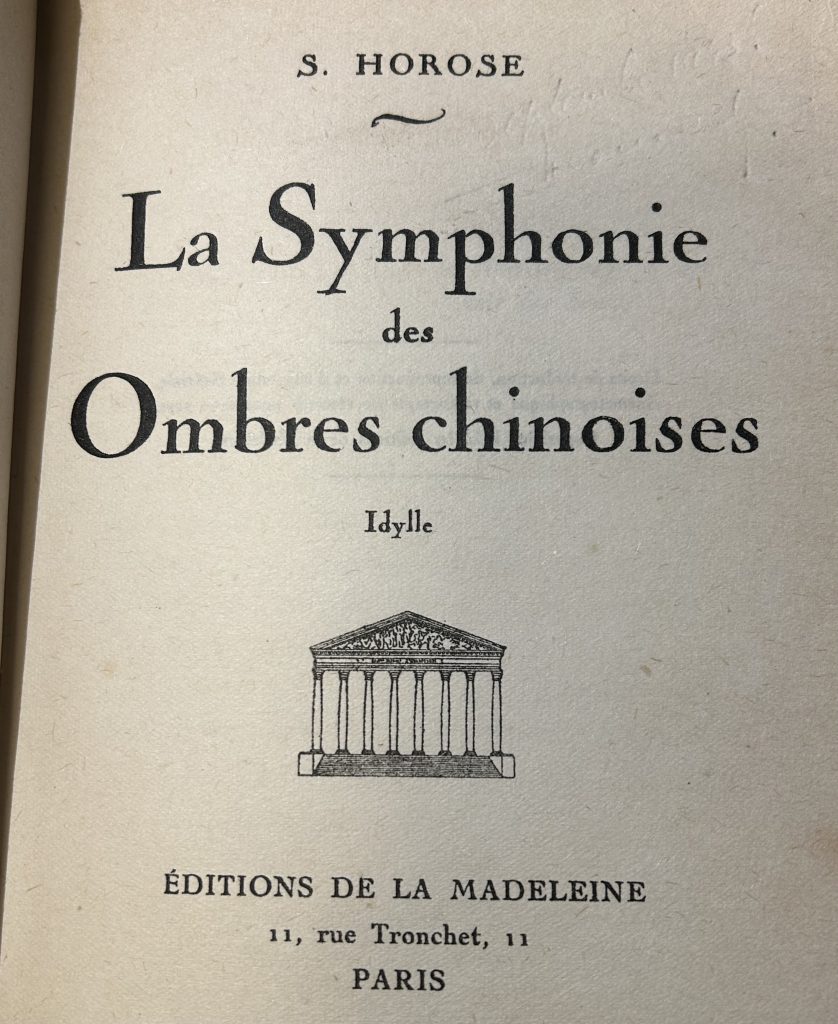The post is the second part focused on author Horose or Stéphanie Rosen-Hoa. To access Part 1, follow this link.
Stéphanie Rosen-Hoa, also known as Horose or 羅琛華, settled back in Paris in 1926 with her two children, Leon and Simone Hoa. During her stay, her first book in French “La muraille de Pékin à Paris” (The Beijing Great Wall in Paris) in 1929 by Argo, a small publishing house. She managed to get noticed by several newspapers. An article from local paper “l’Avenir de la Touraine” from 11 November 1929 explains that author is a French/Polish lady who married a Chinese and went to live in China. It adds that the book offers a true and interesting picture of the real China including many anecdotes. A few lines with similar comments were also published in in the “Le Bien Public” (Dijon daily), on first Octobre 1929, as well as in “Les dimanches de la femme” (Women Sundays) on 23rd feb 1930.
She returned to China in 1928, leaving her children to be educated in France. In the same year, she published novel “Him and her” in Chinese.
“La symphonie des ombres chinoises” is the French version of Love and Duty. (see “Love and Duty, the book” for more details about the various editions and translation of this particular book). It was published by edition de la Madeleine in 1932, 11 rue Tronchet, a different publishing house from the previous book. I found a copy in an olnine bookstore.
The book forewords end with “Written in Beijing, reviewed in Paris and finished in Geneva” 1932. S Rosen-Hoa definitely took a trip back to Europe in 1932, publishing an article about “Chinese women” in June 1932 in the montly magazine”L’ Egyptienne” and giving a conference about the condition of women in China at the same period at the Lyceum theater in Paris. She is mentioned by the magazine as “famous novelist Horose”. She also was still in Paris on 16th February 1933 as she was a speaker in a conference about China and Japan.
Her son being educated in France came back to China for a visit in 1934. She published the novel “Double practice” in Chinese in the same year.
In 1937, as Japan was invading part of China including Beijing, S. Rosen-Hoa went back to France, probably to escape the war. Hua Anjin followed her in 1939. We have very little information about their life in occupied France, but the refuge from the war that they were probably seeking did not last long. Jews in France were also persecuted and many died in Nazis concentration camp, but S. Rosen-Hoa seemed to have escaped it.
She was still living in Paris in 1947, as she wrote a congratulations letter to novelist André Gide who had just received the Nobel price for literature. It is clearly stated that she was living in the same building as André Gide, 1Bis Rus Vaneau in Paris 7th district, near Invalides.
Her husband Hua Nangui returned to China after the war, along with her son Leon who was an architect and his French wife. S. Rosen-Hoa published one last book in France, “Nos sangs mélés” in 1957. Hua Nangui passed away in 1961.
S. Rosen-Hoa went back to Beijing in 1966 to a China very different from the one she had left nearly 30 years earlier, as the communist party had taken power in 1949 and applied many changes to society. She passed away in Beijing in 1970. Her grand daughter 华新民, still lives in Beijing.
